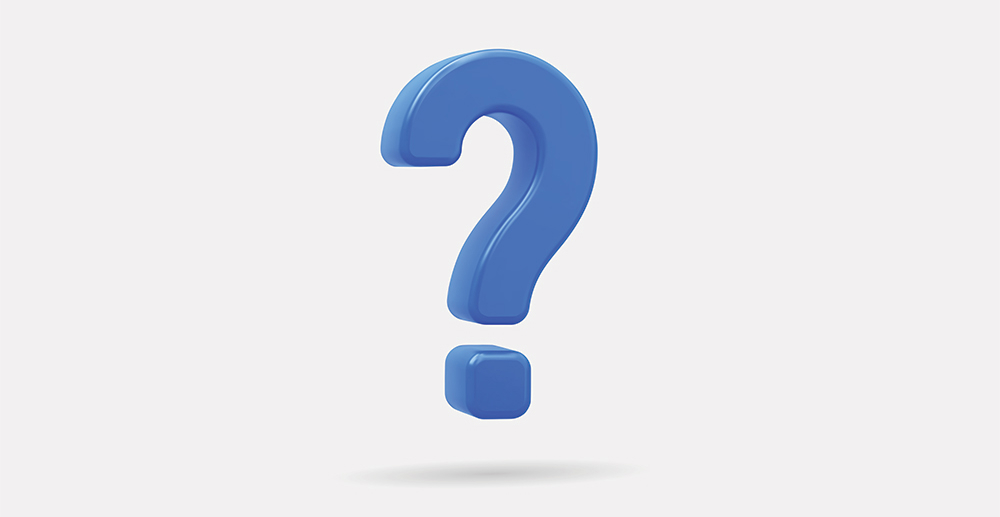April is Alcohol Awareness Month. You might be thinking, “I’m already aware of alcohol, thanks.” But the point of Alcohol Awareness Month is to make us more mindful of how we drink and to educate people about the facts around alcohol.
Take a clear look at how much you drink
I used to tell myself that it didn’t matter if I drank, because everybody did. But the truth is that everyone does not drink the way I did. (And they shouldn’t! I definitely drank to excess.) Many others tell themselves similar stories about their drinking, so it can be helpful to take a closer look at your drinking patterns.
- Drinking in moderation: Two or fewer drinks in a day for men and one or fewer drinks in a day for women.
- Binge drinking: The CDC defines binge drinking as “consuming four or more drinks on an occasion for a woman or five or more drinks on an occasion for a man.”
- Heavy drinking: Eight or more drinks per week for a woman or fifteen or more drinks per week for a man. (This can be binge drinking sessions, or consistent alcohol consumption spread over the week.)
Many people consider themselves moderate drinkers—and therefore tell themselves they don’t need to look too closely at their alcohol consumption—when their actual pattern fits the definition of heavy or binge drinking.
What do they mean by “one drink”?
One of the reasons many of us get so comfortable in our denial about our alcohol consumption is because we misjudge the size of “one drink.” Here is what the National Institute on Alcohol Abuse and Alcoholism defines as a drink, each of which contains about 0.6 ounces of ethanol:
- 12 ounces of regular beer (about 5% alcohol by volume (ABV)). This is the size of one normal can or bottle, not a tallboy or pint.
- 8-10 ounces of hard seltzer (about 8% ABV).
- 5 ounces of wine (about 12% ABV). This is one regular wine glass, filled about halfway.
- 1.5 ounces of hard liquor, like rum, whiskey, brandy, tequila, etc. (about 40% ABV). This is a small shot.
The reason I’m spelling this out so precisely is because I remember trying to fudge my count. I would say, “I only had one drink!” ignoring the fact that I’d had an extra large glass of a beverage with the highest ABV I could manage. If I had been honest, I would have had to face the fact that my “one drink” truly counted as two or three. And as a woman, two or three was already putting me well beyond the bounds of moderate drinking.
Even if you’re completely honest and not in denial at all about your drinking, it can be difficult to gauge how much you’re consuming. For example, consider a Four Loko that is 14% ABV. The definitive “one drink” for that alcohol content would be less than 4.3 ounces, but the can is over 23 ounces. So that lone can contains the ethanol of more than five drinks, as defined by the guidelines.
Why does it matter?
There are a lot of reasons it’s important to pay attention to the amount you’re drinking.
- Health. A 2022 study estimated that one in eight deaths among people ages 20-64 in the U.S. could be attributed to excessive alcohol use. For people 20-49, it was an even higher proportion: one in five. Even setting those deaths aside, alcohol use is linked to many health conditions, including heart disease, liver disease, and kidney disease. Drinking can also increase your risk of many kinds of cancer, including cancers of the mouth, throat, bowel, breast, and liver.
- Risky behavior. Despite decades of awareness campaigns and pleas from M.A.D.D., around 30% of auto crash deaths in the U.S. involve drivers with a blood alcohol concentration of .08 or higher. One reason for this is our inability to determine how affected we are by alcohol. Another is that alcohol affects the way our brains comprehend risk and danger. So you’re more likely to do a lot of risky things under the influence of alcohol, from violence to unprotected sex to driving.
- Alcohol use disorder. The 2021 National Survey on Drug Use and Health estimated that there are 60.0 million binge drinkers in the U.S., of whom 16.3 would be considered heavy drinkers. We can’t define all of those people as having alcohol use disorder, but a portion of them certainly do. You might be saying, “But not me! I’m fine.” Maybe you are. But it’s wise to be aware of your drinking and keep it moderate. And if you find you can’t keep it moderate, get help.
- Social influence. Humans are social animals, and our behavior has an effect on the people around us. Even if you don’t have health issues or alcohol use disorder and don’t engage in risky behavior, if you engage in binge drinking or heavy drinking, you’re normalizing that level of consumption for others. At the risk of sounding like an after-school special, being mindful of how much you drink can help you be a positive influence on those around you.
Tools
- Calculators. Rethinking Drinking is a page from the National Institutes of Health that includes calculators that can help you estimate:
- how strong your mixed drink is.
- how many calories are in your alcoholic beverage.
- how much you’re spending on alcohol.
- how your drink is likely to affect your blood alcohol concentration.
- Trackers. There are a ton of apps that include drink trackers. Or go old school and keep a written record (you can just make a check mark for every drink).
- Harm reduction. I included these tips in another post recently, but they bear repeating.
- Hydrate. Alternate your alcoholic drinks with non-alcoholic options to help you pace your drinking.
- Arrange safe transportation in advance. Don’t get behind the wheel if you’ve had a drink, even if you think you’re fine to drive. Cabs, ridesharing apps, and designated drivers are your friends!
- Have a plan. Set a limit on how much you will drink and stick to it. If you go to a bar, bringing only cash (no cards) can help you keep to your planned limit. Telling a friend your plan can also provide accountability.
- Don’t try to match other people. Drinking is not a competition, and you don’t have to keep up with anyone else.
- Consider your meds. If you take any medications, talk with your provider ahead of time about how alcohol might interact with them.
In the U.S., alcohol is often seen as harmless stress relief and a fun social lubricant, but for many of us, it’s a lot more dangerous. No matter where you are on that spectrum, increasing your awareness of your alcohol consumption can be helpful. It can help you keep your drinking to a moderate level, or give you the nudge to seek help if you discover you’re crossing into problematic patterns.









